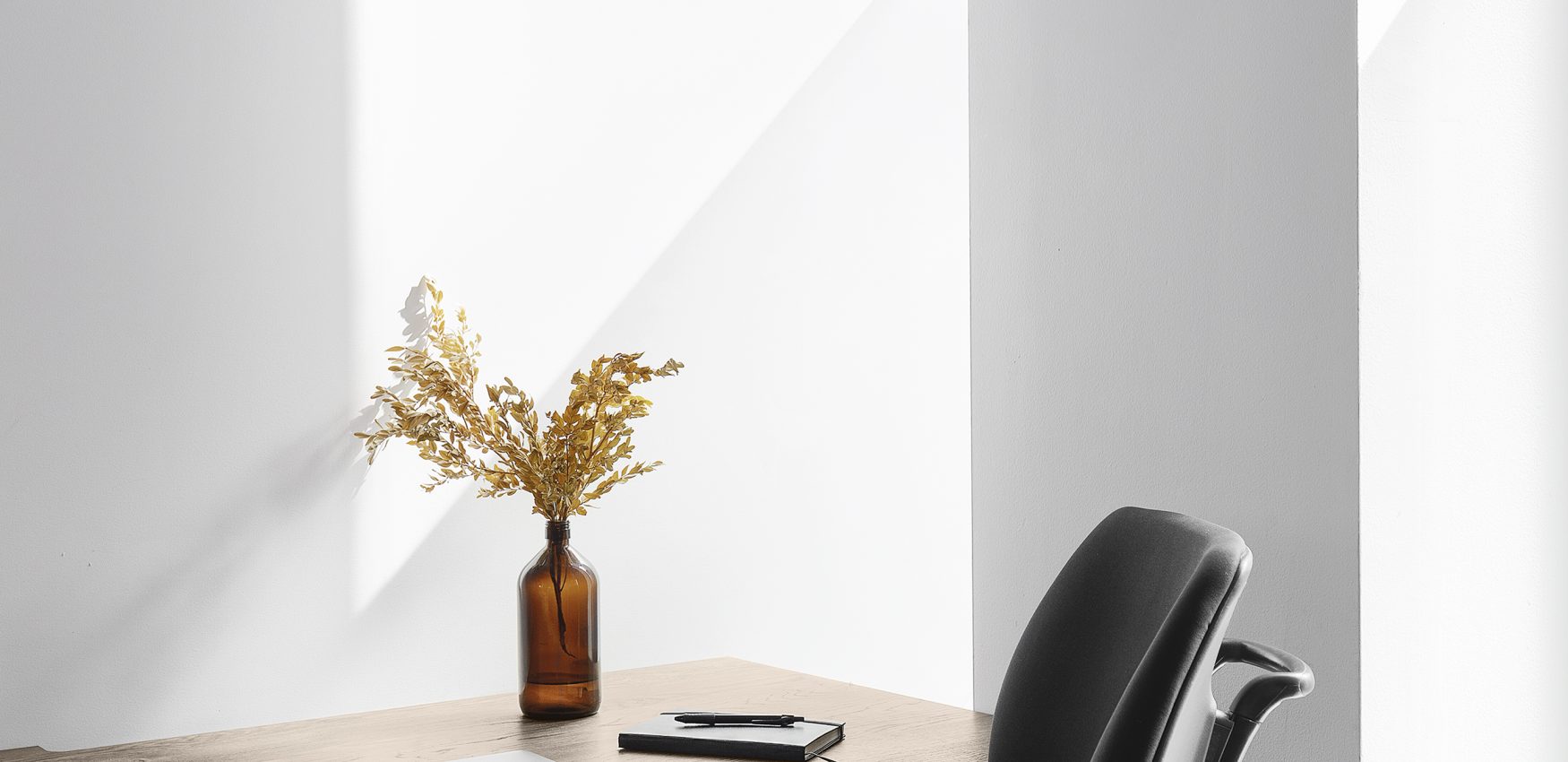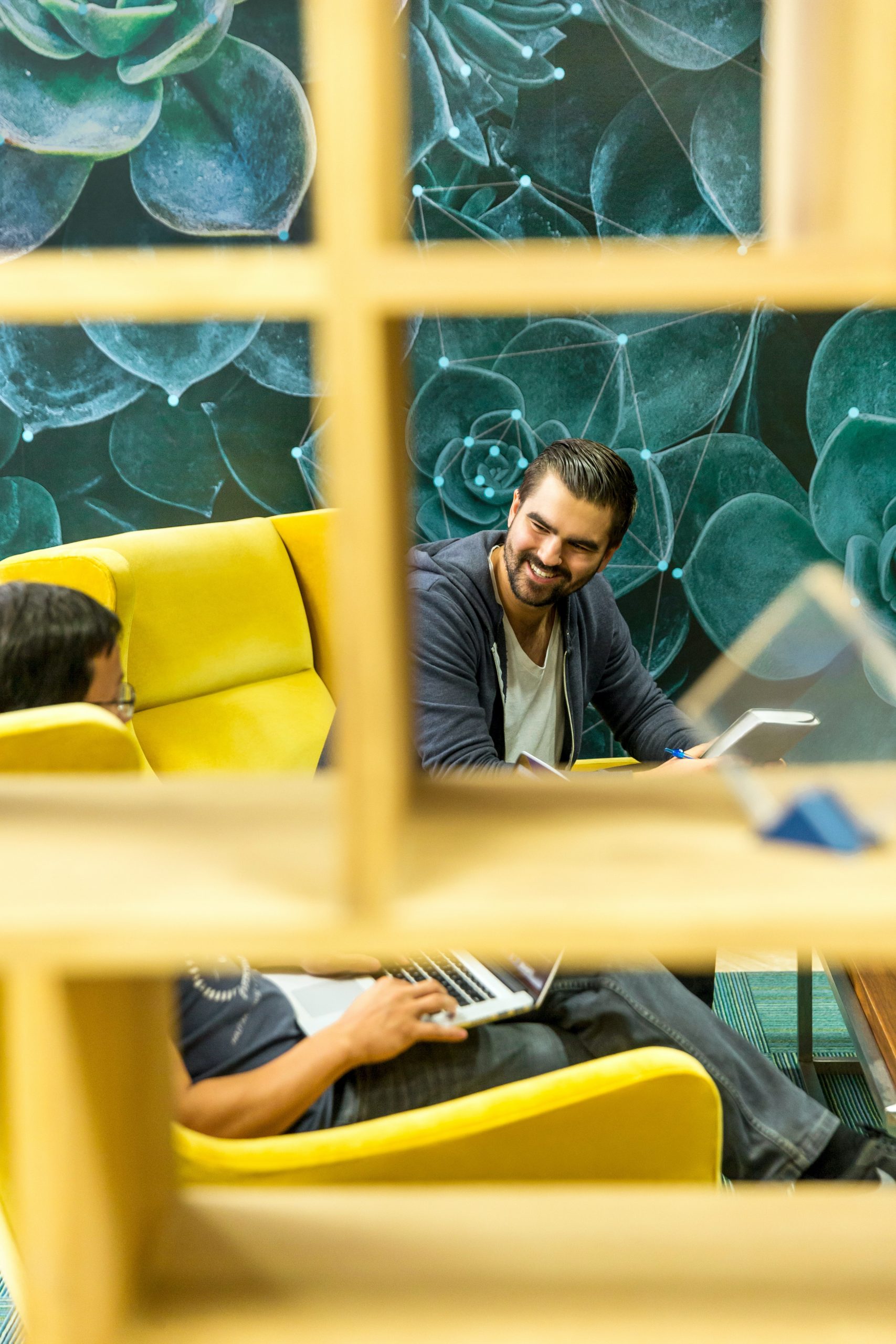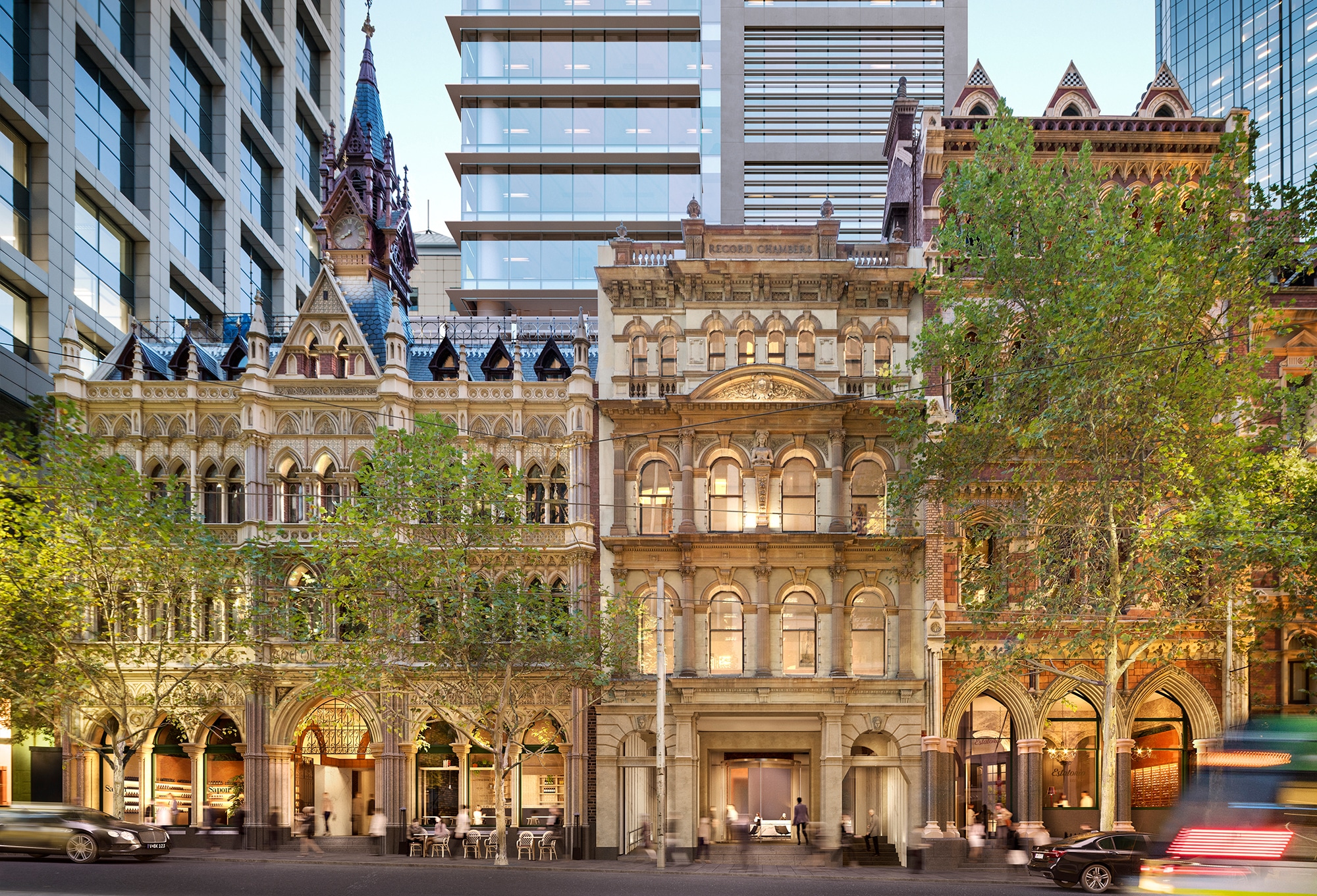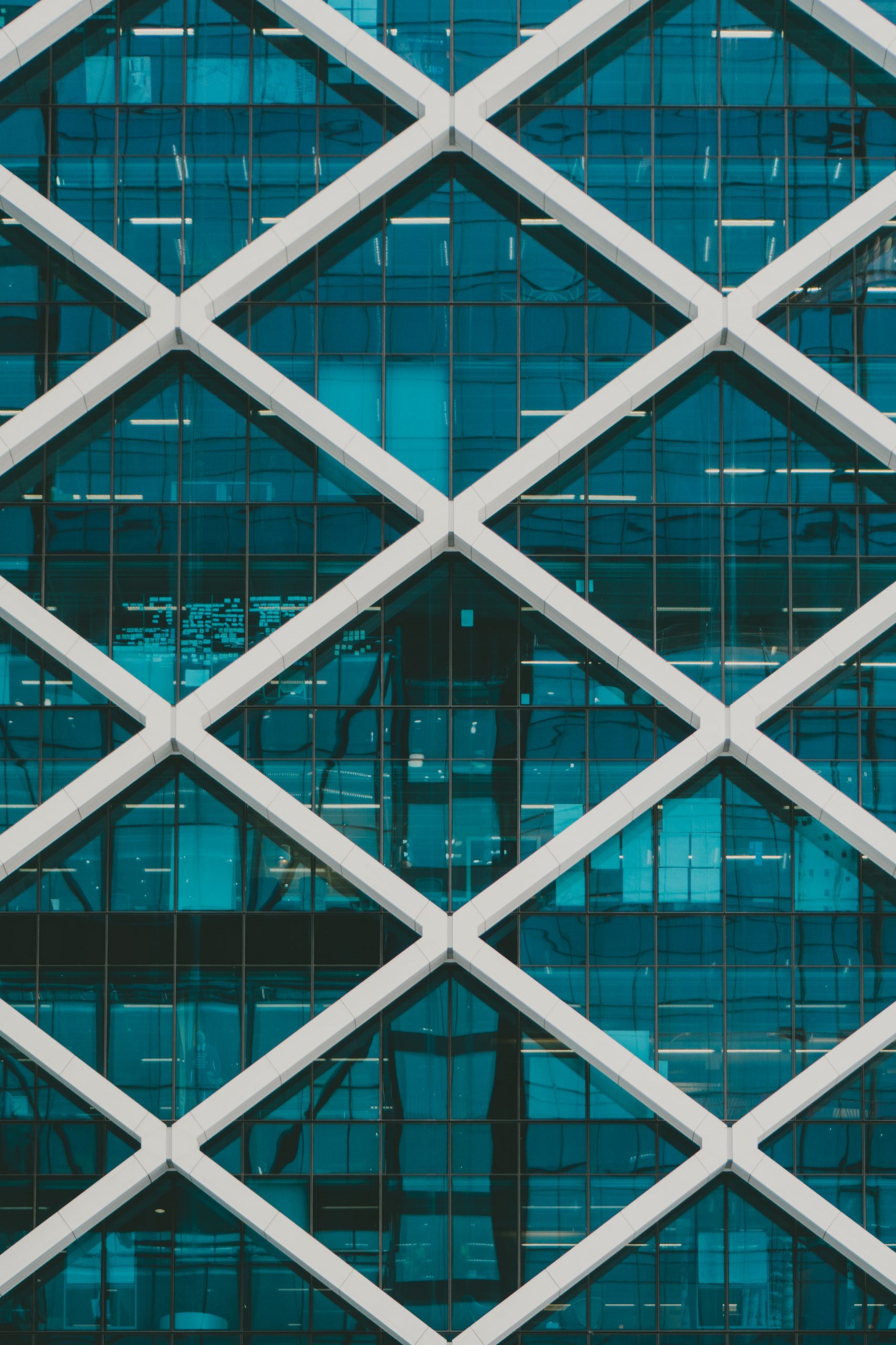

Why we need physical bases in a digital world
We are about to truly become citizens of the 4th industrial revolution.
With a world of IOT, AI, Robotics, Big Data, Analytics Cloud (not of the cumulus variety) VR, AR – what is the role of the place in the innovation future focused conversation? Does place and proximity really matter? Jacyl Shaw will draw from history and some of her work experiences to help shape a future-focused conversation of what is sincerely possible.
As Digital Innovation Lead at global engineering firm GHD, Jacyl oversees the creation and delivery of a suite of programs and activities to foster a culture of innovation and leads the engagement strategies for current and prospective partners in the community, government and industry.
Jacyl is well known amongst industry colleagues for her enthusiasm, tenacity and her strategic creativity to ‘boundary span’ and create new interdisciplinary, multi-sector opportunities and benefits. She has a BA, LLB and LLM and a Masters (Enterprise) and currently sits on several boards, writes and tells stories to bring innovation to life.
View our office space locations and our coworking memberships options
Conversation notes
The rate and pace of change will be like nothing we’ve ever seen before in its scope and complexity.
Convergence and collaboration helps innovation create value and forge a difference in society.
As humans, our need is to come together and collaborate which poses both benefits and challenges.
We have to create places for the sweet spot of innovation: for people to come together, embrace our diversity and engage each other fully.
“No one lawyer, engineer or scientist will solve the problems in our society. The sum is greater than the parts, we all need to play our part in this.”
Why do we choose to collaborate and share spaces?
The growth of the internet has led many to believe it would eliminate the need for us to have a permanent base for anything. We can work, study, and socialise with others anywhere at any time just by clicking on a device. We can even be digital nomads, yet we still choose to do at least some activities in shared spaces. Why?
Jacyl Shaw argues we have always come together in specific locations for positive collaboration and we will continue to do so. In her presentation, she noted that today’s knowledge sector needs roughly a 1.6-kilometre radius designed for people to walk freely from space to space and come together in different ways. Early industrial parks and the like were designed with segregated areas and little or no integrated space, but we now know that setups like this stifle innovation so they are slowly being replaced or retrofitted.
Is there a need to meet face-to-face?
There’s nothing quite like getting family and friends for events big and small. Could you imagine a wedding with every guest (and possibly even the couple and their bridal party) attending via a video linkup from different locations? The dance floor would be pretty empty, wouldn’t it?
People that meet on LinkedIn still often arrange to meet in person before committing to any shared venture. Businesses bring people together for workshops and conferences. Hobbyists, artists, support groups and others try to meet regularly to make meaningful connections.
Why is collaboration important? And what is the purpose of collaboration?
Place matters for collaboration. Complex ideas need proximity so that people can have bump encounters that lead to big things and can eye-ball each other to help generate trust. Communication becomes richer as we utilise body language and tones of voice to convey nuances and emotions.
We need to see, hear and touch each other. To shake hands. To laugh together. To wine and dine together. And, of course, to share experiences together.
Is diversity key for successful collaboration?
As Jacyl states, diversity is also a key ingredient for successful collaboration. She explains that where savannahs and forests meet, the space where they merge has a very high diversity of new life forms. Lots of different disciplines coming together has a similar effect. Jacyl describes this as ‘the adjacent possible’ or ‘the edge effect’.
Darwin is an excellent example of how the edge effect works. It exists at the confluence of ocean and land and it is simultaneously remote from the southern cities of Australia and very close to Indonesia and other South-East Asian countries. As the region has residents from over 70 different nationalities, it is a melting pot of culture and cuisines.
Today, Darwin also boasts a booming tech industry and is a base for many regional headquarters as businesses recognise the value of the trade and communication pathways established in the area many centuries ago. This reinforces the argument that we need to maintain non-tech connections and physical place in a digital world.
The idea is backed up by Richard Florida in his article for CityLab How Twitter Proves That Place Matters.
“Twitter doesn’t replace the networks that exist in the real world—it reinforces them and makes them stronger. Rather than freeing us from place … the Internet appears to enhance and even expand its role.”
No matter how well we design our physical spaces, though, we must never forget that people are our strength. People make the place.
Connect
Jacyl’s Linkedin: Jacyl Shaw
Jacyl’s Twitter: Jacyl Shaw
This episode forms part of our 2018 series narrative, ‘The Art of Focus’ which is based on the premise that, in an information-dense society, our attention resources have become depleted. The series’ speakers will help us identify and explore the areas in our lives where we may need to regain focus, increase our self-awareness and improve how we interact with those around us.
If you’d like to hear more thought leaders speak on ‘The Art of Focus’, subscribe to our podcast series on iTunes and Stitcher Radio.
If you enjoyed this topic about working collaboratively and are interested in finding out more about coworking spaces for your needs then contact us today to take a tour of our serviced offices and executive suites.



